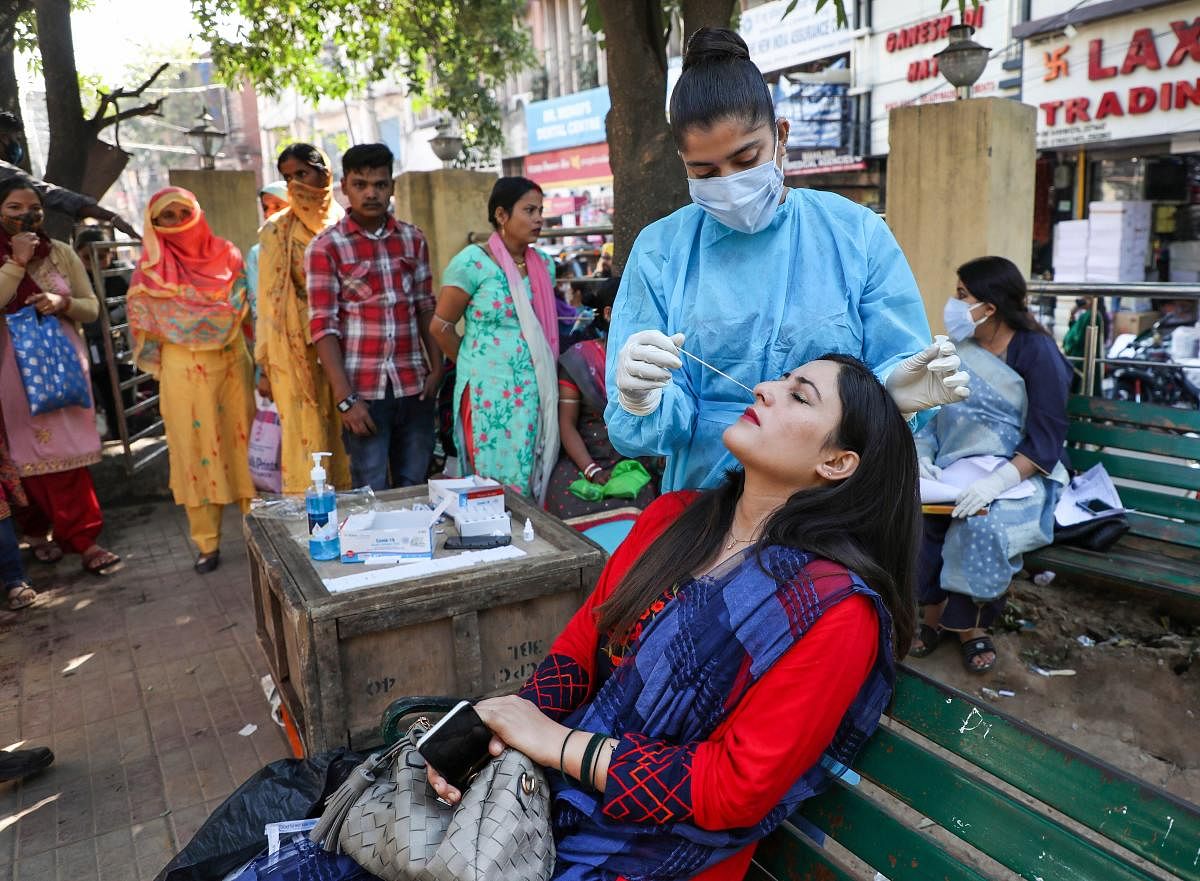
India registered anywhere between 27 lakh and 49 lakh excess deaths during the pandemic till June 2021, according to experts who have questioned the official Covid-19 death toll of 4.63 lakh citing Civil Registry Service (CRS) data, seroprevalence studies and other sources.
Indo-Canadian epidemiologist Dr Prabhat Jha, director of the Centre for Global Health Research, University of Toronto, said various data showed that Covid-19 is the main contributor to excess deaths in the pandemic months in both 2020 and 2021.
“The actual numbers are at least three million or substantially higher than what has been officially reported, and with the adjustments India’s Covid deaths per million are close or similar to Latin America,” he said.
Dr Jha and other experts, who spoke at a specially convened panel by the Indian Academy of Sciences (IASc), said the calculations were made using several sources: CRS data from states, data from the Consumer Payment Household Surveys (CPHS) and surveys by the polling agency CVoter (Since May 2020, the polling agency has been asking households if they have recorded a Covid death).
“In the first wave, there was a modest 1 per cent increase in the number of households reporting deaths but then it abated. Then from April to June, there was a colossal 6% increase in households reporting a death,” said Dr Jha.
According to Dr Arvind Subramaniam, Senior Fellow at the Watson Institute for International and Public Affairs at Brown University, the overall Indian “undercounting was somewhere between a factor of 7 and 10”.
Not all of these deaths were recorded as Covid-19 deaths, said Rukmini S, an independent data expert based in Chennai.
Rukmini said the Indian government's definition of a Covid-19 fatality “covered people who tested positive and then died soon after with a clear progression of the disease”.
Low medical certification
Most deaths in India remain without medical certification, which complicates matters.
Dr Jha, citing the United Nations, said there were about 10 million deaths a year in India out of which 3 million (30%) went unregistered.
“They are just not counted but this is greater in women where close to 60% of women deaths are not counted. And of those seven million deaths registered, only about 13% have medical certification,” he said.
According to an under-review study on excess mortality in India, Bengaluru suffered an excess death ratio of 2.9 in the second wave.
Many of the excess deaths have since been disclosed in the daily Covid-19 bulletins, with one source in the Bruhat Bengaluru Mahanagara Palike (BBMP) saying that “some deaths were held back during the second wave to avoid magnifying already high numbers and inducing greater panic in the public.”
This is borne out by data. During April and May, 4,033 Covid-19 deaths were made public. However, subsequent releases of backlog deaths, including some cases re-evaluated as Covid-19 fatalities by the death audit committee, show that 9,917 deaths actually happened during those two months.
Professor Dr Satyajith Mayor, Director of the National Centre for Biological Sciences (NCBS), and L S Shashidhara, co-organisers of the panel discussion, demanded data transparency from the government.
"These high numbers must figure in our response to the ongoing pandemic and also caution our citizens of the dire consequences of this disease,” said Mayor and Shashidhara in a joint statement.